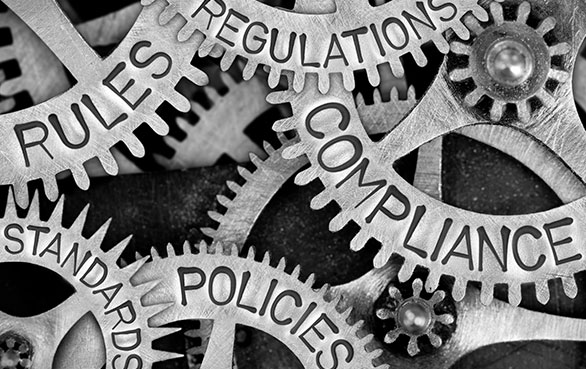What every small business needs to know
Single Touch Payroll (STP) Phase 2 means every business that employs staff will be required to get on board with the expanded program.
STP Phase 2 requires additional information to be reported to the ATO, enabling other government agencies to leverage the STP infrastructure to receive information and support the administration of the social security system.
- Related reading: Expansion of STP Phase 2
Single Touch Payroll Phase 2 in a nutshell
With STP Phase 2 reporting live from 1 January 2022, there’s expanded capturing and sharing of payroll and employee data as compared to the original rollout of Phase 1.
This extended capturing by the ATO is shared more widely with relevant government bodies – such as social services – and fills certain gaps in payroll information sharing that wasn’t previously being transmitted. This new data remit remains an automated process, handled through STP-compliant payroll software such as cloud accounting apps and payroll systems.
What the new is data being shared?
The ATO is looking to patch knowledge gaps in the payroll submission process to support social security purposes and get a better understanding of employee payment details.
So, in addition to the payroll and employee information you’re already sharing through STP Phase 1 (salaries, PAYG, superannuation), Phase 2 involves capturing the following pay items, employee records and new fields:
- employment basis
- paid leave
- allowances
- overtime
- cessation details and termination reasons
- child support deductions
- salary sacrifice
- lump sum payments
- country codes
Under STP phase 2 reporting employers are also required to separately itemise the components which make up the gross earnings amount by reporting all allowances separately, not just expense allowances that may have been deductible on an employee’s individual income tax return.
Digital Service Providers (DSPs)
STP Phase 2 requires employers to fill out employees’ payroll data correctly in your chosen software solution. Be sure to use a DSP that can roll out compliance updates to their software.
Updates to STP will be made by DSPs on users’ behalf and they are working with the ATO to ensure timely and competent compliance and delivery. Employers are already filling out this payroll information, so there are no new fields to capture on your end. In this sense and the automated nature of STP, employers are not required to do anything further than what is already being done under Phase 1.
What it will do is decrease the compliance burden upon businesses in terms of reporting. For example, under Phase 2 employers are no longer required to submit TFN declaration forms.
What will not be changing
The rollout of STP Phase 2 following does not change:
- the way Single Touch Payroll is reported
- Single Touch Payroll reporting dates (on or before payday)
- the types of employee payments required for Single Touch Payroll reporting
- employers’ current tax and super obligations
- end of year finalisation requirements and submission responsibilities
The next stage of the Single Touch Payroll (STP) journey is underway
STP Phase 2 will see businesses build on their existing payroll reporting to share more information each pay run.
Most employers are now reporting through STP. You will need to start reporting if you have not yet transitioned, unless you have an exemption or a deferral.
What do business owners need to do?
If you’re currently STP compliant with payroll software that’s enabled, you should be running your payroll as usual. If you’re a Xero or MYOB user, your DSP will confirm when your solution is ready for STP Phase 2 reporting.
If you have any queries or concerns over your payroll solution or if you need reassurance, please consult your Allan Hall bookkeeper or accountant.






